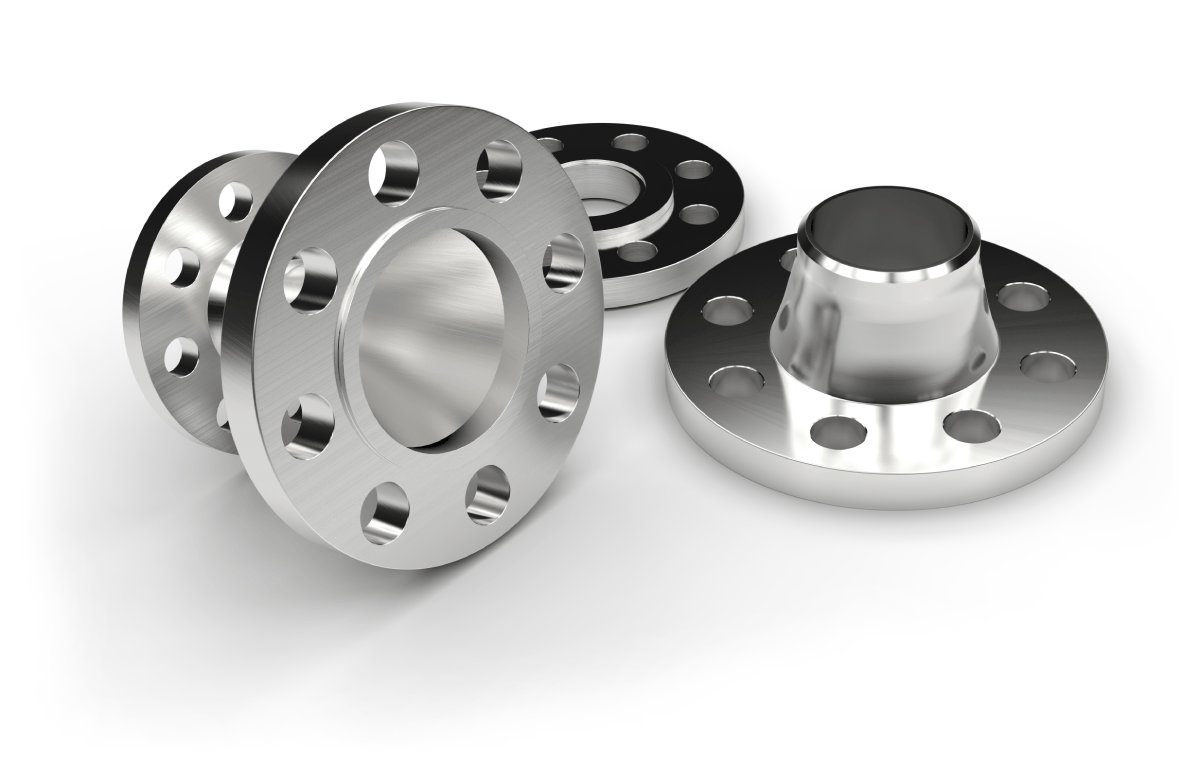GI Reducing Socket
GI Reducing tee
GI Socket
GI Tee
Hose Valve
Fire hose valves, also known as fire hydrant valves or fire department connections, play a critical role in fire protection systems. They are designed to control the flow of water from the fire hydrant or water supply to the fire hoses used by firefighters. Here are some key activities related to fire hose valves:
- Opening and Closing: Fire hose valves have a handle or operating mechanism that allows firefighters or authorized personnel to open and close the valve. Opening the valve allows water to flow into the fire hose, while closing it stops the water flow.
- Water Flow Regulation: Fire hose valves can be used to regulate the flow of water. By partially opening or closing the valve, the amount of water flowing through the fire hose can be adjusted to meet specific firefighting needs.
- Pressure Control: Fire hose valves help control the water pressure within the fire hose. Firefighters may adjust the valve to achieve the desired pressure for effective firefighting operations. Proper pressure control is crucial to ensure efficient water delivery and prevent hose damage or excessive nozzle reaction.
- Compatibility with Fire Hose Connections: Fire hose valves are designed to connect to standard fire hose fittings, such as Storz or National Standard Thread (NST) connections. These connections allow for secure and leak-proof attachment of the fire hose to the valve.
- Inspection and Maintenance: Fire hose valves require regular inspection and maintenance to ensure their proper functioning. Activities may include visually inspecting the valve for damage or signs of corrosion, checking for proper handle operation, and lubricating moving parts as needed. Any defects or issues should be promptly addressed to maintain the valve's reliability.
- Compliance with Standards: Fire hose valves should comply with relevant industry standards, such as those established by the National Fire Protection Association (NFPA) or local fire codes. Compliance ensures that the valve meets safety and performance requirements and is suitable for use in fire protection systems.
- Accessibility and Identification: Fire hose valves should be easily accessible and clearly identified within the building or facility. Proper signage or markings help firefighters quickly locate and operate the valves during emergency situations.
- Training and Familiarization: Firefighters and personnel responsible for fire safety should receive training and be familiar with the operation of fire hose valves. They should understand how to open and close the valve correctly, regulate water flow, and maintain proper pressure during firefighting operations.
MADAS ATEX XVP/XVPNC SOLENOID VALVES FOR GAS
Gas interception “automatic normally-closed” Solenoid Valves that open when they are powered and close when there is no tension.
Option flow regulator.
The Madas Solenoid Valve can be supplied also with the closed position indicator switch (CPI Switch) and with the possibility of speed opening adjustment (EVPR versions).
Reference standard EN 161
In conformity to Directive 2009/142/EC (Gas Directive)
In conformity to Directive 94/9/EC (ATEX Directive)
In conformity to Directive 2004/108/EC (Electromagnetic Compatibility)
In conformity to Directive 2006/95/EC (Low Tension)
TYPE EVP/NC + EVPC/NC
- Automatic reset
- 230v AC
- Power options available: 24v AC, 24v DC, 110v AC
- Inline connections, horizontal and vertical pipelines
- For Natural Gas, Propane, and Butane, with the option for Biogas



























